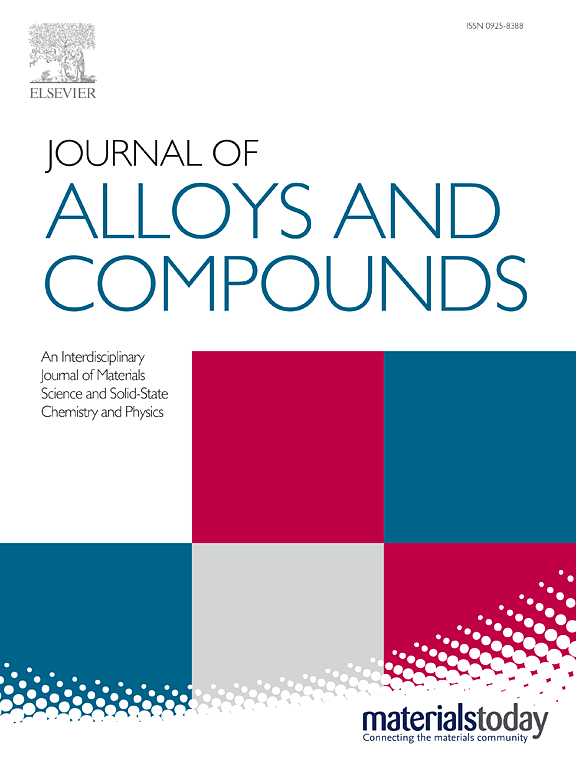Construction of industrial waste red-mud/graphitic carbon nitride S-scheme heterojunction for efficient photocatalytic H2 production
IF 5.8
2区 材料科学
Q2 CHEMISTRY, PHYSICAL
引用次数: 0
Abstract
Red mud (RM) is a byproduct of bauxite refining, which generated in vast quantities annually, but due to its complex composition and the existence of various hazardous substances, the cost of its recycling and disposal is exorbitant, resulting in both environmental pollution and resource wastage. In this context, based on the idea of turning waste into treasure, we designed a composite material by integrating RM with graphitic carbon nitride (GCN) through a one-step thermal polymerization method for achieving photocatalytic hydrogen (H2) production. Experimental results indicate that, when the mass ratio of doping in the composite material is 0.8%, the RM/GCN catalyst achieved a hydrogen production rate of 2289 μmol/g under full-spectrum light irradiation, which is significantly higher than the yields obtained from pure GCN or RM alone. In addition, Kelvin probe force microscopy (KPFM) surface potential analysis reveals the S-scheme charge transfer mechanism within the composite material, which not only enhances the light absorption properties, but also effectively suppresses the recombination of photo-generated charge carriers, thus improving the photocatalytic H2 generation efficiency. This study provides a new design idea for the design of highly efficient photocatalytic hydrogen production materials, and paves the way for the recycling and resource utilization of RM waste.工业废赤泥/石墨氮化碳s型异质结的构建及其光催化制氢的研究
赤泥是铝土矿冶炼的副产品,每年产生的量很大,但由于其成分复杂,存在多种有害物质,其回收处理成本过高,既造成环境污染,又造成资源浪费。在此背景下,基于变废为宝的理念,我们设计了一种复合材料,将RM与石墨氮化碳(GCN)结合,通过一步热聚合的方法实现光催化制氢(H2)。实验结果表明,当复合材料中掺杂质量比为0.8%时,在全光谱光照射下,RM/GCN催化剂的产氢率为2289 μmol/g,明显高于纯GCN或RM的产氢率。此外,开尔文探针力显微镜(KPFM)表面电位分析揭示了复合材料内部S-scheme电荷转移机制,该机制不仅增强了复合材料的光吸收性能,而且有效抑制了光生载流子的重组,从而提高了光催化制氢效率。本研究为高效光催化制氢材料的设计提供了新的设计思路,为RM废弃物的回收利用和资源化利用铺平了道路。
本文章由计算机程序翻译,如有差异,请以英文原文为准。
求助全文
约1分钟内获得全文
求助全文
来源期刊

Journal of Alloys and Compounds
工程技术-材料科学:综合
CiteScore
11.10
自引率
14.50%
发文量
5146
审稿时长
67 days
期刊介绍:
The Journal of Alloys and Compounds is intended to serve as an international medium for the publication of work on solid materials comprising compounds as well as alloys. Its great strength lies in the diversity of discipline which it encompasses, drawing together results from materials science, solid-state chemistry and physics.
 求助内容:
求助内容: 应助结果提醒方式:
应助结果提醒方式:


